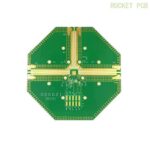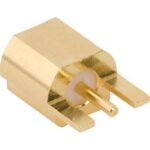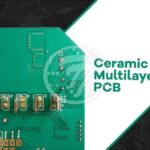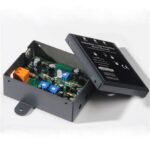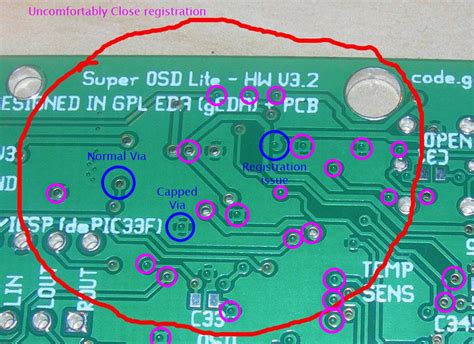
ALL ABOUT FLEX PCB
-
 Read more: PCB Via: What is it, and Which Type Should You Choose?
Read more: PCB Via: What is it, and Which Type Should You Choose?Introduction to PCB Vias In the world of printed circuit boards (PCBs), vias are an essential component that enables the interconnection of different layers within a PCB. A PCB via is a small hole drilled through the board, which is then plated with a conductive material, typically copper, to create […]
-
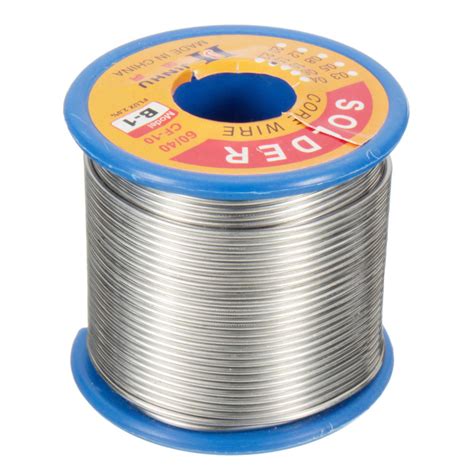 Read more: Lead vs. Lead Free Solder: Is Lead Free Solder Better?
Read more: Lead vs. Lead Free Solder: Is Lead Free Solder Better?What is Solder? Solder is a metal alloy used to create a permanent bond between electronic components and printed circuit boards (PCBs). It is typically composed of two or more metals, such as tin, lead, silver, or copper. The most common types of solder are lead-based and lead-free. Lead Solder […]
-
What is difference between BGA, QFN and LGA?
Posted by
–
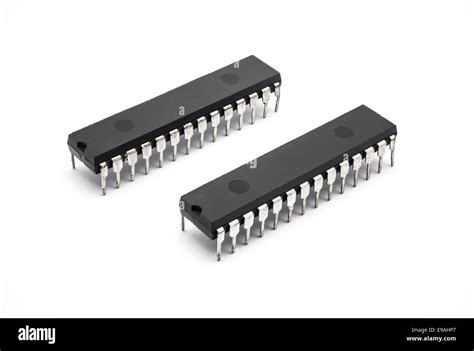 Read more: What is difference between BGA, QFN and LGA?
Read more: What is difference between BGA, QFN and LGA?Introduction to IC Packages Integrated Circuit (IC) packages are protective casings that contain semiconductor devices like microprocessors, memories, transceivers, etc. The IC package provides an electrical interface between the internal delicate components and the external system via pins or pads. It also offers mechanical support, protects the chip from the […]
-
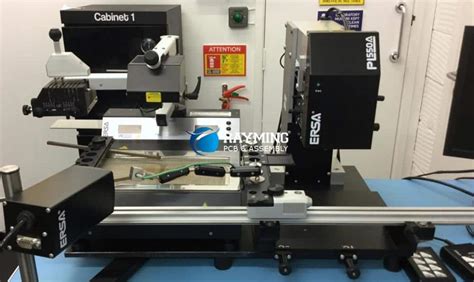 Read more: Key Points of SMT Assembly Process for BGA Components
Read more: Key Points of SMT Assembly Process for BGA ComponentsIntroduction to SMT-BGA Assembly Surface Mount Technology (SMT) has revolutionized the electronics manufacturing industry by enabling the production of smaller, faster, and more reliable electronic devices. One of the most critical components in SMT assembly is the Ball Grid Array (BGA) package. BGA components are widely used in various applications, […]
-
What is the minimum component clearance for IPC?
Posted by
–
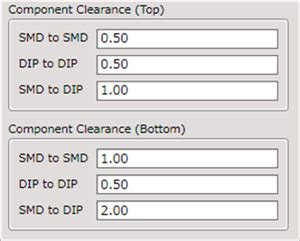 Read more: What is the minimum component clearance for IPC?
Read more: What is the minimum component clearance for IPC?Understanding PCB component clearance PCB component clearance refers to the minimum distance between components, pads, and traces on a PCB. Maintaining appropriate clearance is essential to prevent short circuits, signal interference, and manufacturing issues. Insufficient clearance can lead to problems such as solder bridging, reduced insulation resistance, and difficulties in […]
-
What is PCB Via?
Posted by
–
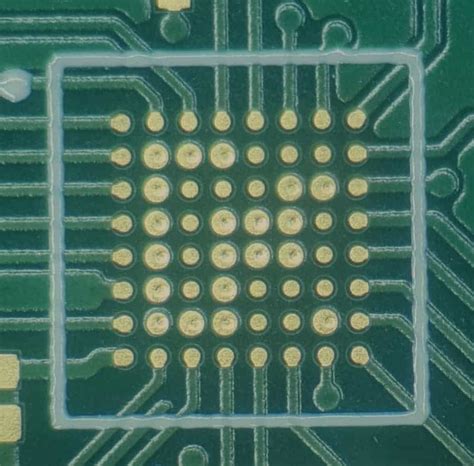 Read more: What is PCB Via?
Read more: What is PCB Via?Introduction to PCB Vias Printed Circuit Boards (PCBs) are essential components in modern electronics. They provide a platform for mounting and connecting various electronic components, such as resistors, capacitors, and integrated circuits. One crucial aspect of PCB design is the use of vias, which are small holes drilled through the […]
-
Hex Inverter – 3 Main Types of Hex Inverter ICs
Posted by
–
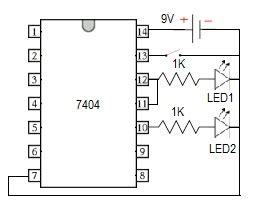 Read more: Hex Inverter – 3 Main Types of Hex Inverter ICs
Read more: Hex Inverter – 3 Main Types of Hex Inverter ICsIntroduction to Hex Inverters A hex inverter, also known as a hex NOT gate, is a digital logic integrated circuit (IC) that contains six independent inverter gates. An inverter, or NOT gate, is a basic logic gate that outputs the opposite state of its input. If the input is high […]
-
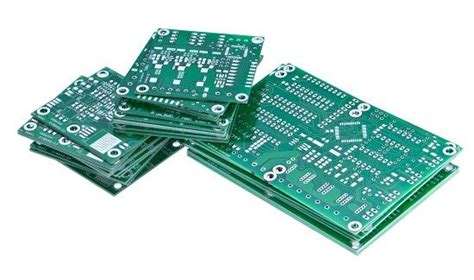 Read more: Standard PCB Thickness – Determine the Right Standards
Read more: Standard PCB Thickness – Determine the Right StandardsIntroduction to PCB Thickness Printed Circuit Boards (PCBs) are essential components in modern electronic devices. They provide a platform for mounting and interconnecting electronic components, allowing for the creation of complex circuits. One crucial aspect of PCB design is choosing the appropriate thickness. PCB thickness plays a significant role in […]
-
12V DC Power Supply: A Step By Step Guide
Posted by
–
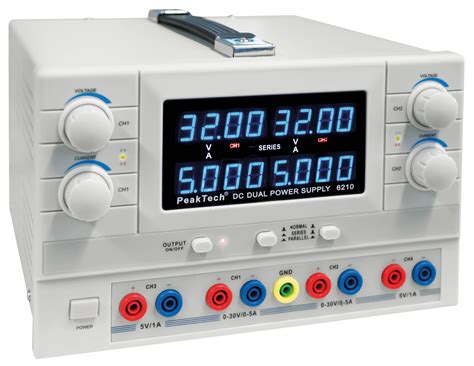 Read more: 12V DC Power Supply: A Step By Step Guide
Read more: 12V DC Power Supply: A Step By Step GuideIntroduction to Power Supplies A Power Supply is an electrical device that supplies electric power to an electrical load. The main purpose is to convert electric current from a source to the correct voltage, current, and frequency to power the load. 12V DC (direct current) power supplies are one of […]
-
Hex Inverter IC: All You Need to Know
Posted by
–
 Read more: Hex Inverter IC: All You Need to Know
Read more: Hex Inverter IC: All You Need to KnowIntroduction to Hex Inverter ICs A hex inverter IC, also known as a NOT gate or inverting buffer, is a digital logic integrated circuit that performs logical negation on six independent inputs. It takes a binary input signal and inverts it to the opposite state at the output. For example, […]
